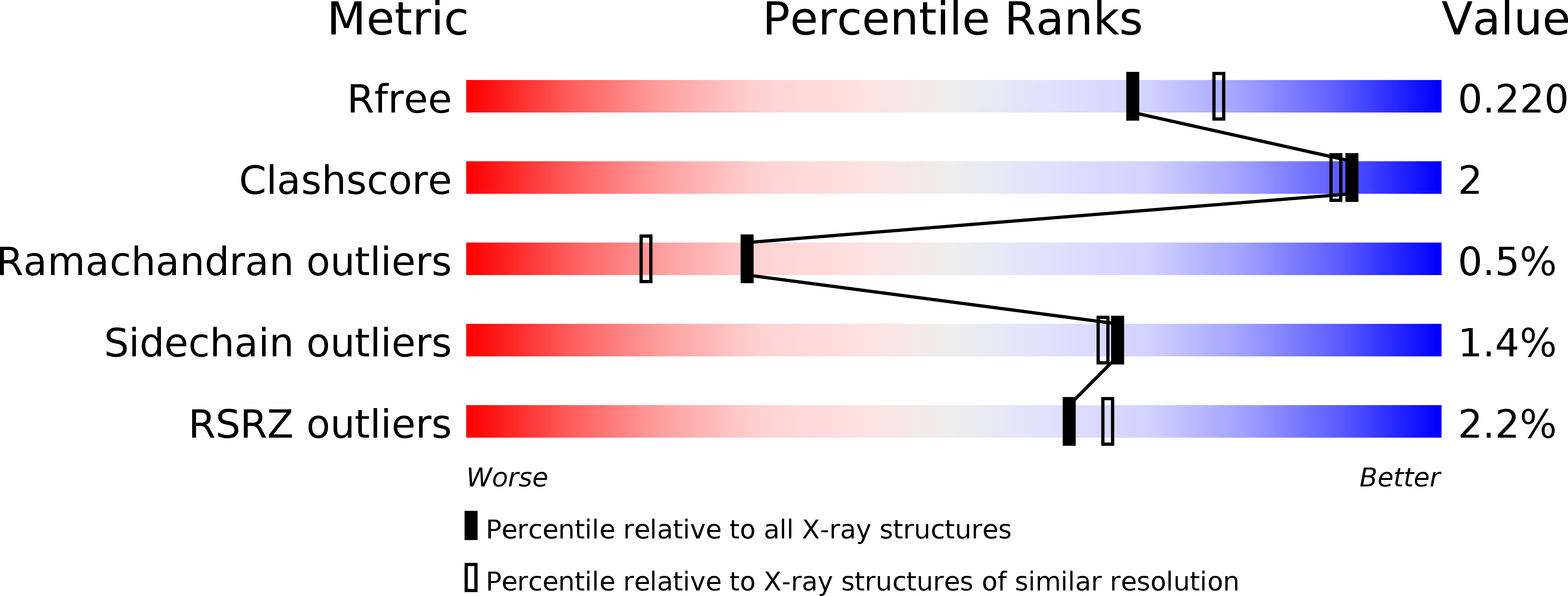
Deposition Date
2012-06-22
Release Date
2012-09-26
Last Version Date
2024-11-13
Method Details:
Experimental Method:
Resolution:
2.04 Å
R-Value Free:
0.21
R-Value Work:
0.18
Space Group:
C 1 2 1


